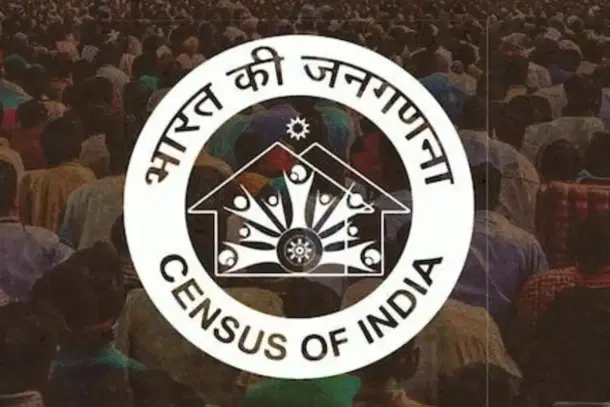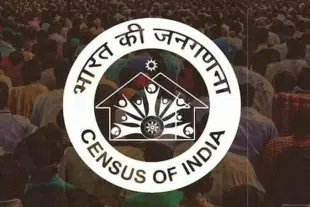News Brief
India's 2027 Census To Only Record Caste Data, Not Social Categories Or Classes: Report
Arun Dhital
Jun 05, 2025, 03:39 PM | Updated 03:39 PM IST
Save & read from anywhere!
Bookmark stories for easy access on any device or the Swarajya app.


In a first, the government has announced that caste enumeration will be done along with the population census 2027.
However, the data collected will record individual castes, not social categories or classes such as Other Backward Classes (OBCs), Scheduled Castes (SCs) or Scheduled Tribes (STs), India Today reported citing sources.
This reportedly means that the census will not provide aggregate data for groups such as the Other Backward Classes (OBCs).
According to the report, one of the key reasons cited is the variation in caste categorisation across states — castes classified as OBC in one state may fall under the general category in another.
Every respondent will be required to mention their caste and religion, including members of all communities such as Hindus, Muslims, and Christians.
However, officials admitted there will be no verification mechanism to check the accuracy of self-declared caste data.
The government benefits tied to caste, such as reservation, will continue to be granted only on the basis of officially issued caste certificates.
The census will be a caste count only, not a socio-economic or class-based assessment.
The names of castes will be recorded during the census, but they will not be classified into reserved or non-reserved categories, according to the sources cited in the India Today report.
Officials further clarified that the census will have no impact on the 2026 delimitation exercise, which will be conducted based on data from the 2011 census.
The 2027 exercise will be digital and conducted in two phases, with 1 March 2027, as the reference date in most parts of India. It will take three years to complete.
In snow-bound and non-synchronous regions such as Jammu and Kashmir, Ladakh, Himachal Pradesh, and Uttarakhand, the reference date will be 1 October 2026.





